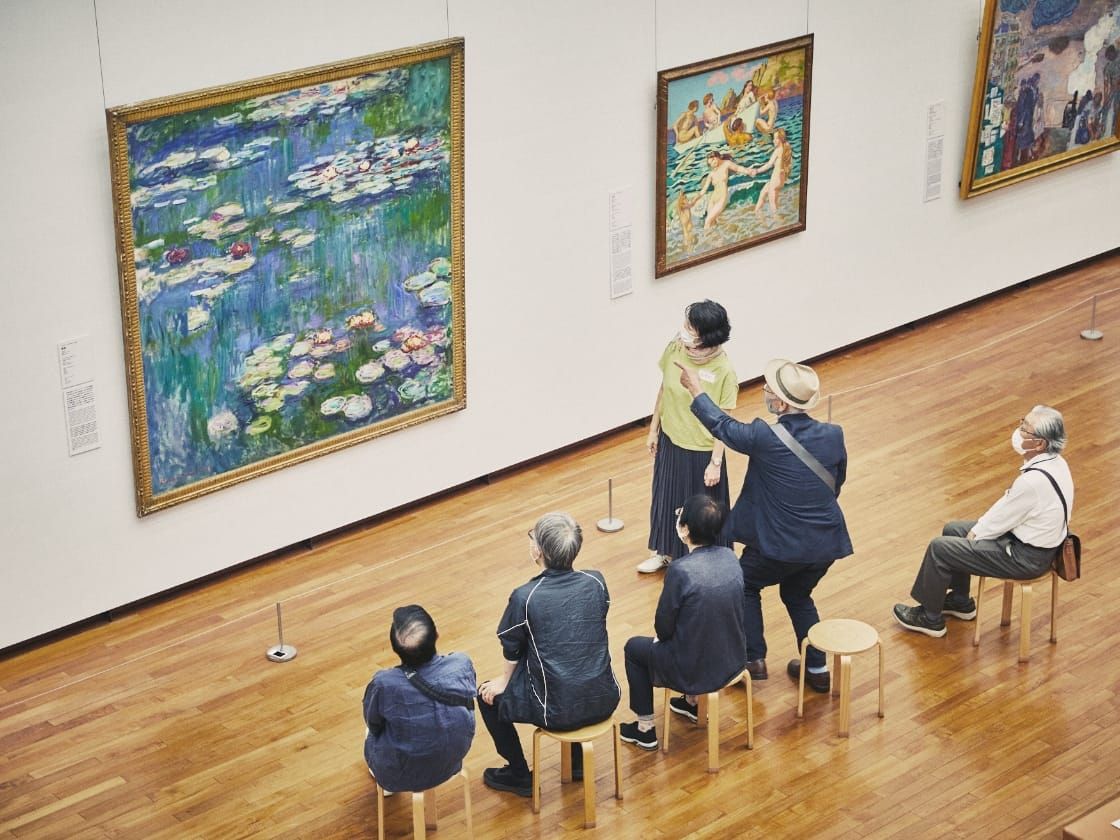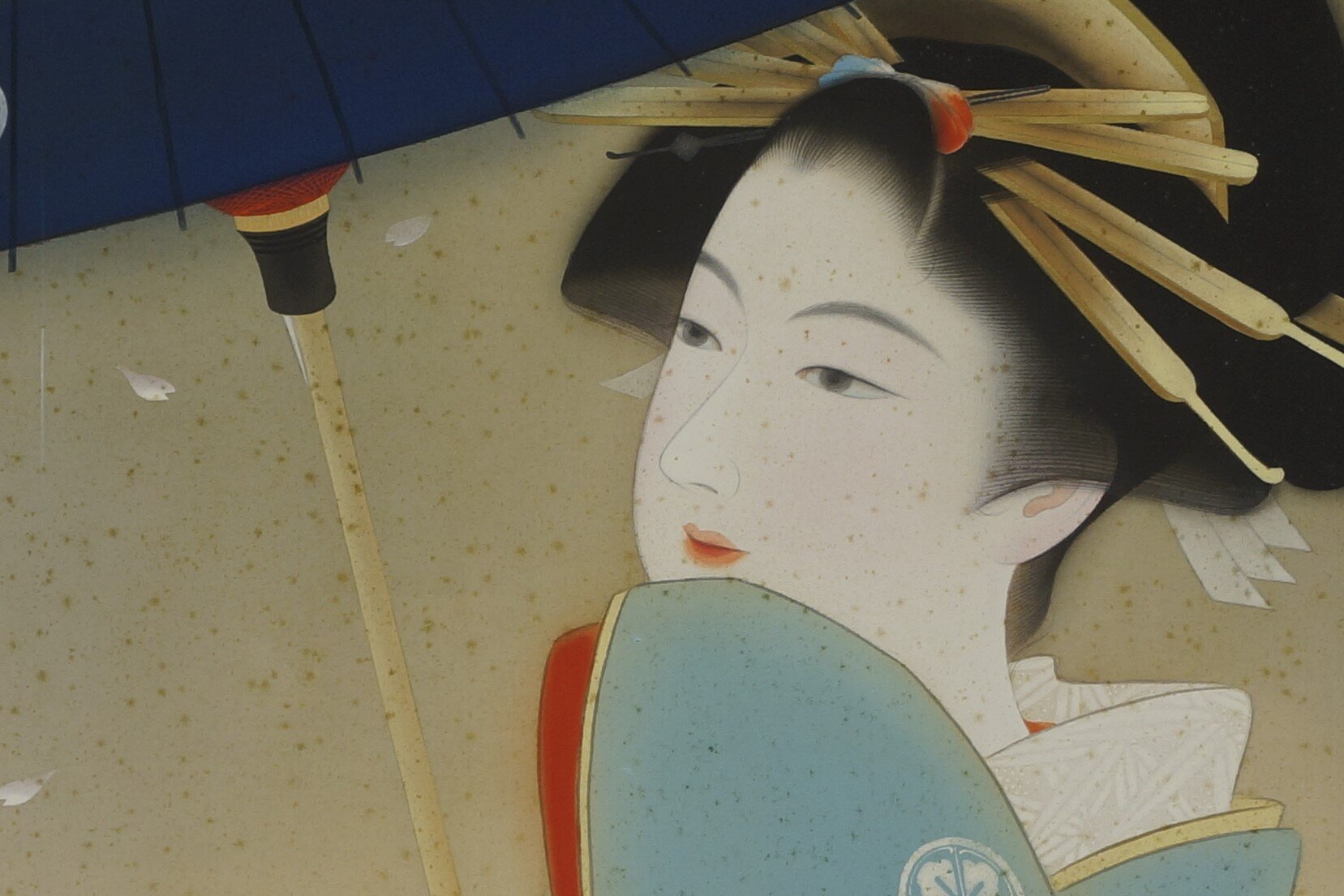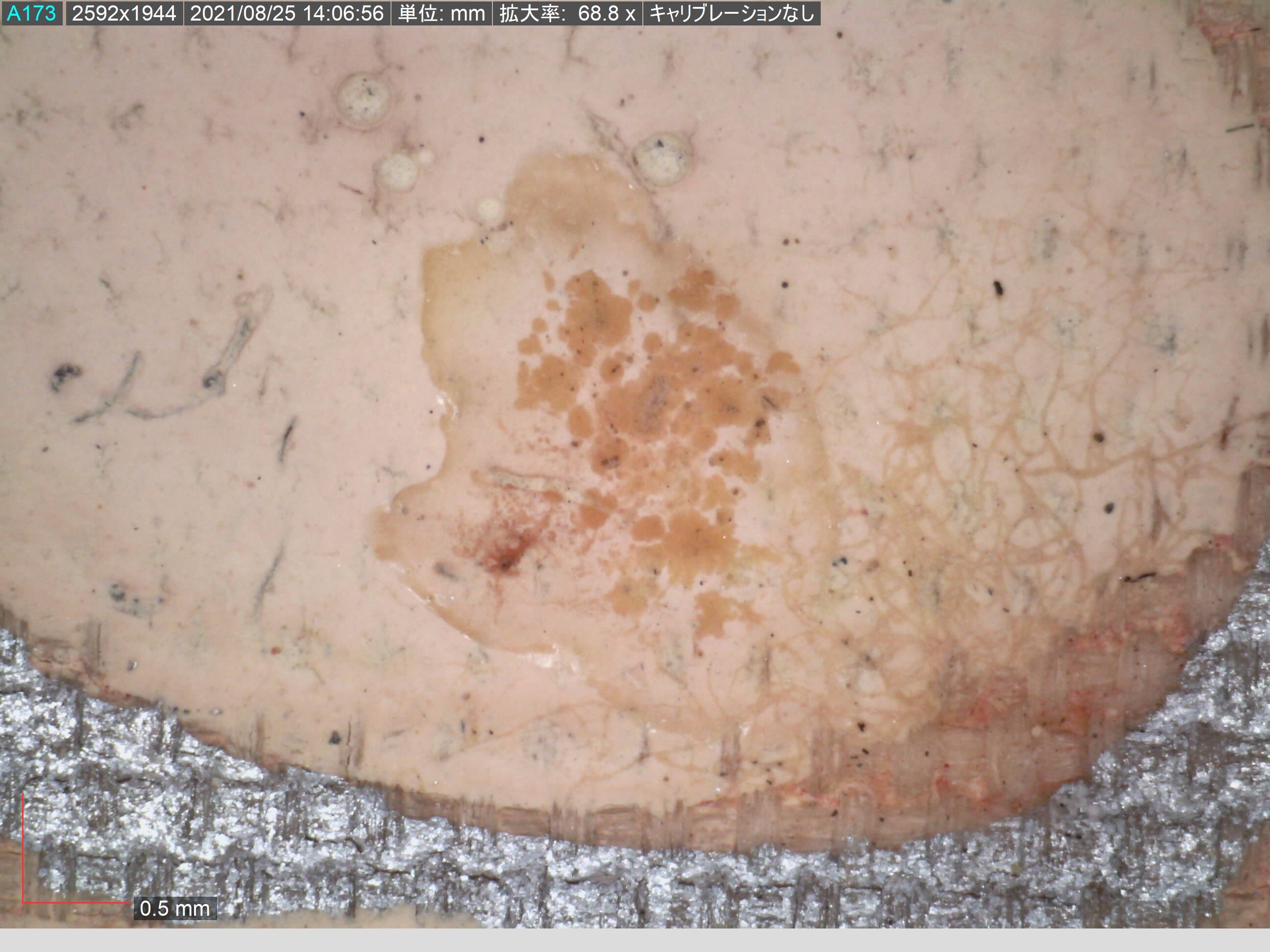In order to achieve the best results from conservation and restoration, cooperation between art historians, scientists, and conservators is required, and this is a ground-breaking example of a new technology using enzymes as a restoration material. Enzymes have a low impact on paintings, are environmentally friendly, and can be effective as cleaning materials. I am going to monitor carefully the condition of works cleaned in this way also in some years afterwards.
TORIUMI Hidemi, National Center for Art Research
Curator
TSURUMI Kaori, The National Museum of Modern Art, Tokyo (MOMAT)
I think every museum has some works in is collection which are unable to put on display. The majority of these will be works awaiting restoration. For example, if the entire surface of a work is spattered with dark brown stains, so that it looks as if it has been caught in the rain or hail, it would be a real pity to put it on view in such a state. And sadly, once the damage has reached that level, it is difficult to remove the stains completely and to restore the work to its original condition. You may also have to strike a balance between the appraisal value of the work concerned and the cost of restoring it. Since we are looking after the works that have gone to the back of the queue of restoration for some reason, it was exciting to hear about the lytic enzyme mixture developed by the Tokyo National Research Institute for Cultural Properties (TOBUNKEN) that acts only on mold and mold secretions.
Photo 1. Checking the conservation status of works in the museum’s storage room.
Since 2017, MOMAT has commissioned the company Oka Bokkodo, in cooperation with the TOBUNKEN, to attempt to use this new enzyme mixture to remove stains from Nihon-ga (Japanese-style painting) All of the twenty-three works treated so far are works that were exhibited at the Nihon-ga Painters Patriotic Society exhibition held in 1942 to raise money for military airplanes. During and after the war, these paintings appeared to have been exposed to a harsh environment, and when they were transferred to MOMAT from the Tokyo National Museum in 1964. They were already severely affected by mold-induced stains at that time. A few of the 184 paintings underwent restoration and repair after the transfer, but most of the rest were simply fumigated and put away in the storage room.
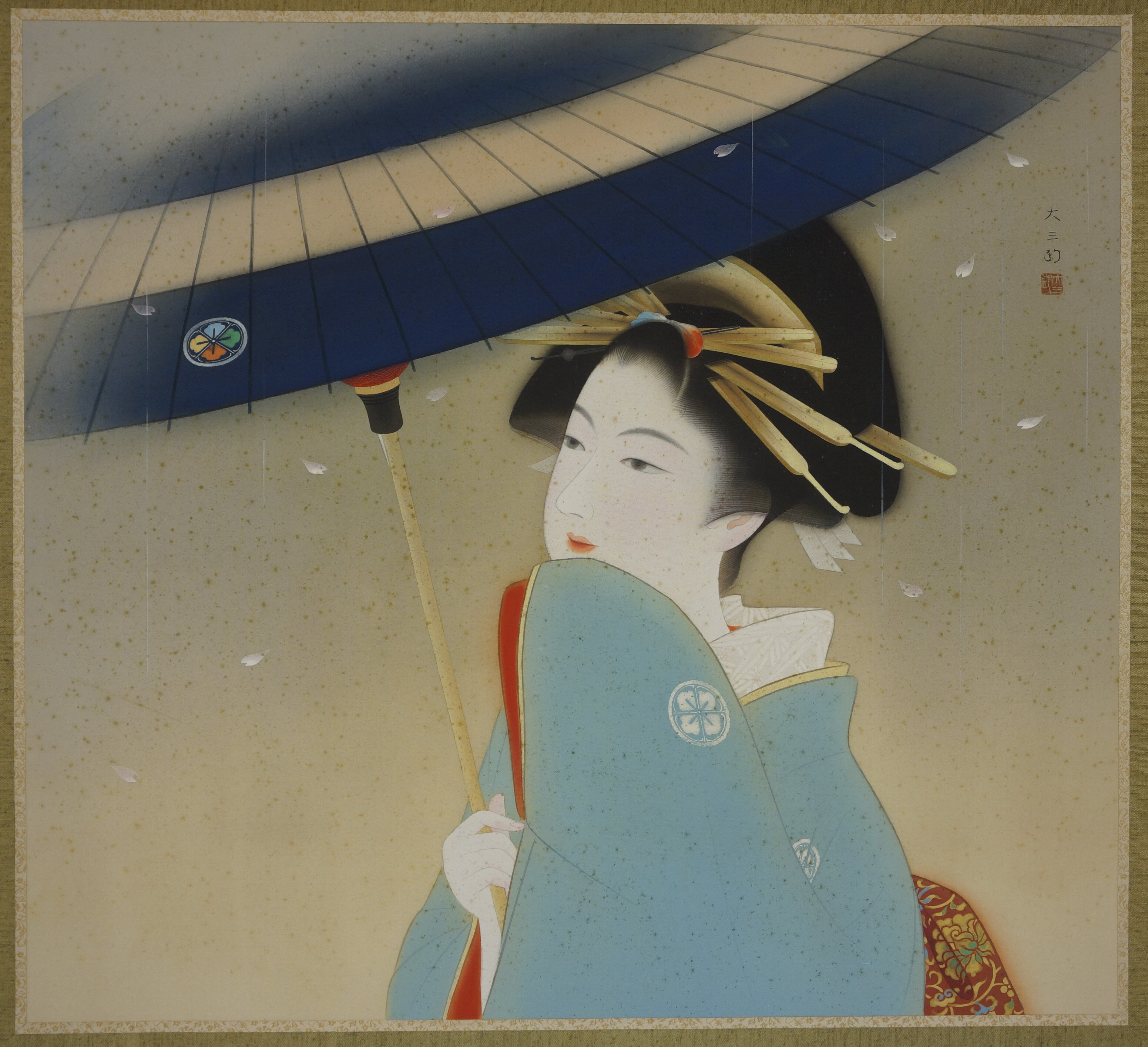
Photo 2. NAKAMURA Daizaburo, Harusame (Spring Rain), 1942, color on silk, before treatment
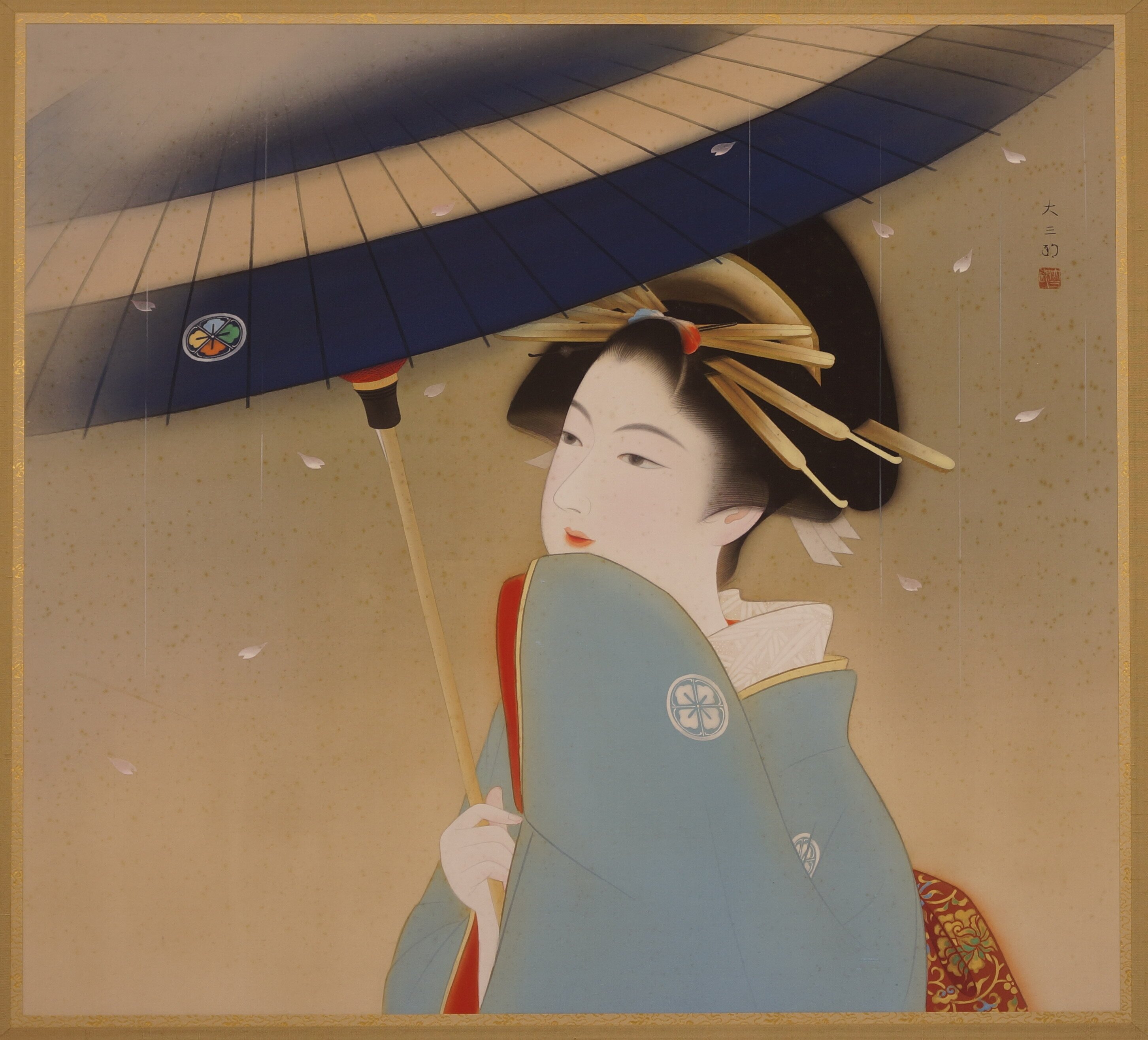
Photo 3. NAKAMURA Daizaburo, Harusame (Spring Rain), 1942, color on silk, after treatment
The cooperative framework for the conservation works is like this. We agree to engage in a joint research project with the TOBUNKEN, which supplies the enzymes. MOMAT provides paintings that are severely scarred by mold, and commissions their restoration. Bokkodo, which undertakes this work on commission, is building up the skills needed to use the enzymes effectively as it carries out the work. The process is then verified by these three parties. In a series of trial restorations, it was confirmed that this enzyme mixture decomposes the stains as anticipated, and we continue to work on the best method for removing the residue left after this decomposition. Five years have passed since the first trials were conducted, as yet the paintings are keeping the same good condition. While hoping that this enzyme mixture will become widely used as a restoration material in future, I intend to continue verifying its effectiveness from a range of different perspectives.
Conservation Scientist
HAYAKAWA Noriko, Head, Restoration Materials Section,
Center for Conservation Science
Tokyo National Research Institute for Cultural Properties
Molds and other microorganisms are often found growing on works of art. If it is only an initial sporulation, the work can be cleaned by wiping with a paintbrush or similar to remove them physically. But if some time has passed, or if bacteria are present and a biofilm (a sticky substance composed of a mixture of microorganisms and their metabolic products) has generated, then cleaning becomes more difficult.
East Asian paintings including Nihon-ga and documents can be cleaned with water, but this procedure may merely tone down the color of the stained areas to some degree. While some other works, such as oil paintings, cannot be cleaned with water. Therefore conservators refrain from over-treatment to prevent damage to the artwork.
The cases described here are Nihon-ga paintings, and cleaning them with water would be unlikely to improve their condition to any great extent. So it was considered that the enzymes used to clean the wall paintings inside the Takamatsuzuka tumulus would be suitable for use in this case. The biofilm that had grown on the wall paintings inside the Takamatsuzuka tumulus was removed by using a mixture of lytic enzymes (Enzyme Mixture CTB1, Thermostable Enzyme Laboratory Co., Ltd.), which are enzymes that decompose bacterial cell walls and also the biofilm partially.
Although enzymes are produced by microorganisms, they are not microorganisms themselves but merely proteins, and under the optimal conditions they can efficiently decompose target substances without having any effect on other materials. Because this enzyme mixture only acts on cell walls, even if some of the mixture were accidently left behind it would not affect the painting itself, meaning that no extra cleaning is needed after its use. This also means that it should be equally effective for cleaning delicate artworks, and consequently we applied this method in this case.
However, we cannot say that cleaning with enzyme can be conducted under all circumstances. The timing of decomposition and the associated effectiveness of the cleaning work will vary depending on the microorganisms and the condition of the art work, thus correct consideration of these conditions is essential. In our case, the fact that the paintings were in stable condition was one of the factors contributing to the success.
The colored substances adhering to the surface of the painting are not always microorganisms themselves; they may be the metabolic products of microorganisms, or the art work itself which may have become affected and discolored. A variety of phenomena may be simultaneously involved, and the use of enzyme cannot be a perfect solution any time. In the case of these paintings, the conservator accurately assessed the conditions and used the enzyme mixture with a good understanding of its properties, which led to very effective cleaning.
Conservator
NAGURA Emiko, Oka Bokkodo Co., Ltd.
Contrary to bleaching with hydrogen peroxide, which is the typical practice for stain removal, application of enzymes to reduce stains enables the decomposition and physical removal of the dark coloration formed by molds and their secretions that are thought to be the cause of these stains. I feel that the method is truly revolutionary in its ability to eliminate the root cause of the staining, thus allowing the whole painting to be treated in a balanced way.
The painting needed to be flattened and stretched out on a karibari board in preparation for treatment. Then the enzyme mixture is applied only to the areas that have been stained. For the enzyme to be more effective, the enzyme mixture solution should be heated in a water bath to around 40–50ºC, as this is the temperature range at which the enzymes are activated. A fine, soft brush is used for application in order to cover the whole surface and penetrate into the entire area of staining (Photo 6). It is possible that the brush tip may harm the surface layer of paint, or that the application of warm solution over a wider area than needed could cause the paint becoming unstable or breaking. Due to the fact that this process is conducted in the early stages of conservation project, this treatment should be carried out with great care, observing the type and the condition of paint layers.
Photo 6. Applying the enzyme mixture solution with a fine brush
In the spots where the enzyme mixture was applied, the dirt adhering to the fibers and the paint layers on a painting support have become loosened, forming a circular-shaped tide line around the staining (Photo 7-2). The dirt, having been decomposed by the enzymes, stays in its place without any further treatment, thus cleaning with water afterward is essential. After treatment with enzyme mixture, sheets of blotting paper are placed beneath the painting, and purified water is gradually sprayed onto the painting. Sheets of blotting paper absorb the dirt from the stain and the oxidation products adhering to the surface of the painting, together with the purified water (Photo 8). If the painting is adequately moistened with water, the dirt from the stain can be washed out and completely removed, however, careful attention should be paid to the condition of paint layers during the treatment.
Photo 8. Cleaning with purified water
Initially, I used a minimal amount of water and observed how the paint layers respond, then I adjusted the amount of water accordingly. With several years of experience of treating similar cases, I have figured out how much water to use for optimal results. Depending on the condition of the stain, I may also use a hydrogen peroxide solution at low concentration. But by taking advantage of enzymes to remove dirt to the highest degree, the total amount of bleaching treatments necessary should be reduced. The painting had brown-colored spots scattered all over its surface before treatment, but these have been removed without damaging the paint layer, resulting in the aesthetic improvement (see Photos 9 and 10).
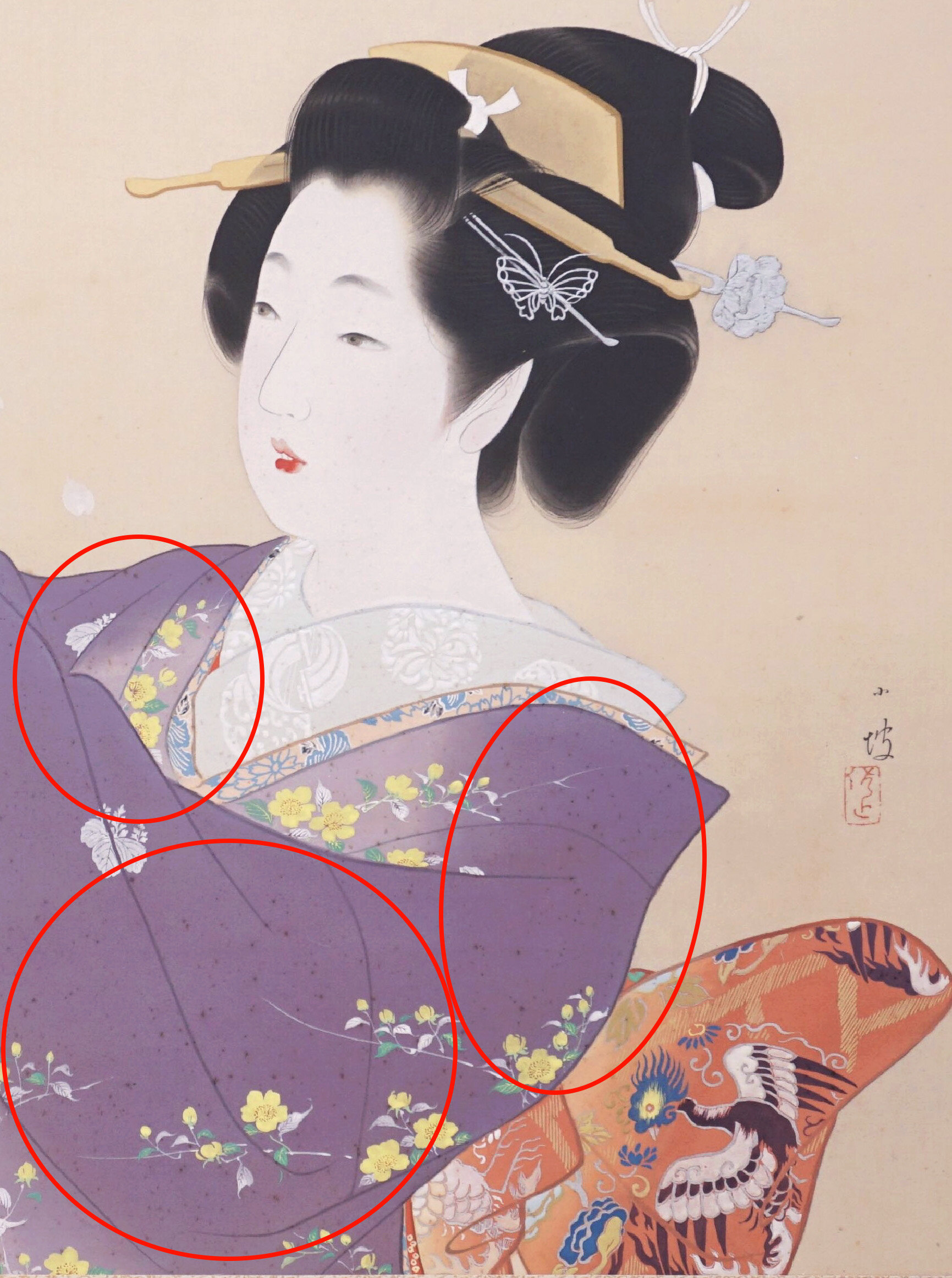
Photo 9. Before treatment. Brown-colored spots are observed in the areas where a face and a robe are painted.
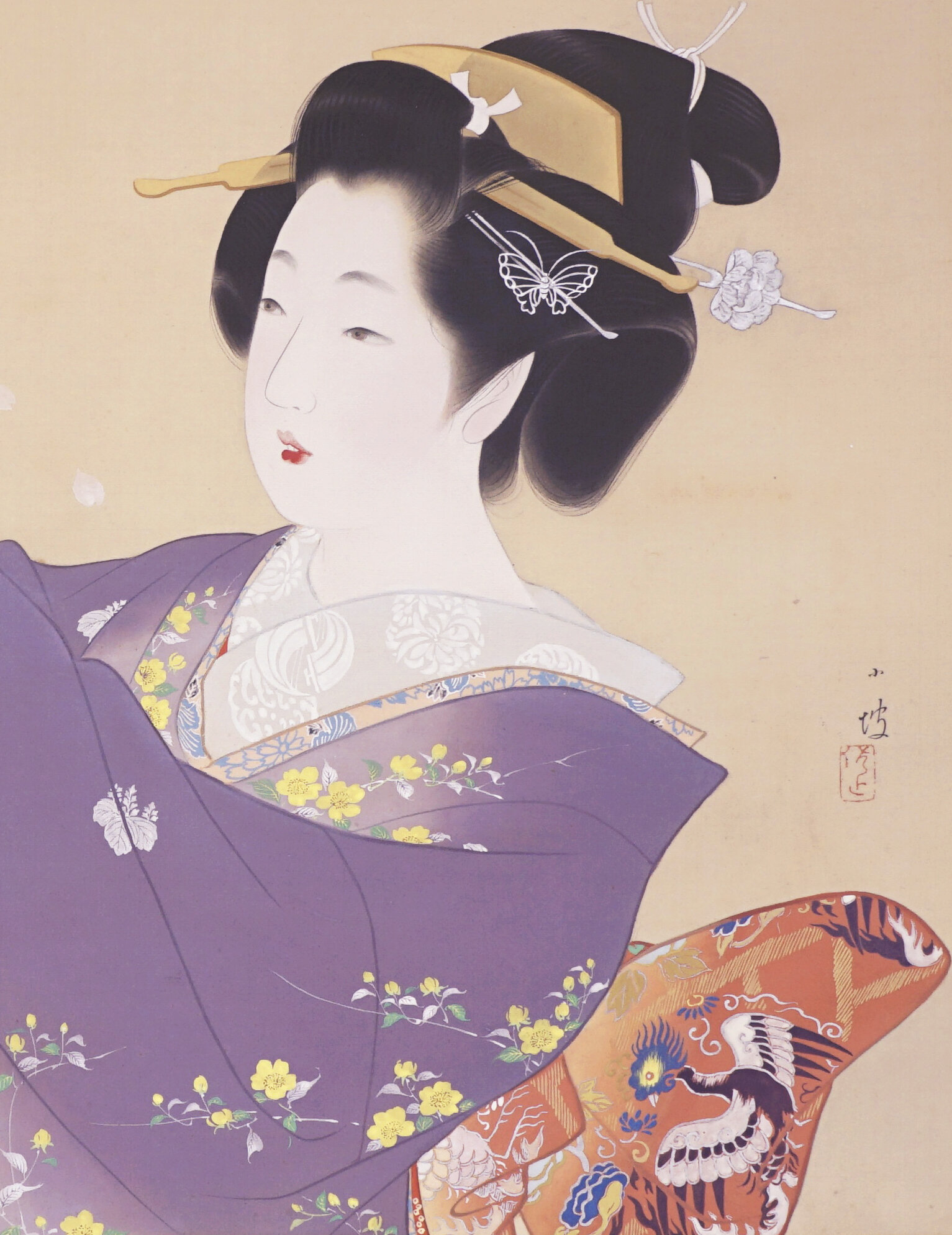
Photo 10. After treatment. The stains have been removed, making the painting look move vivid.







